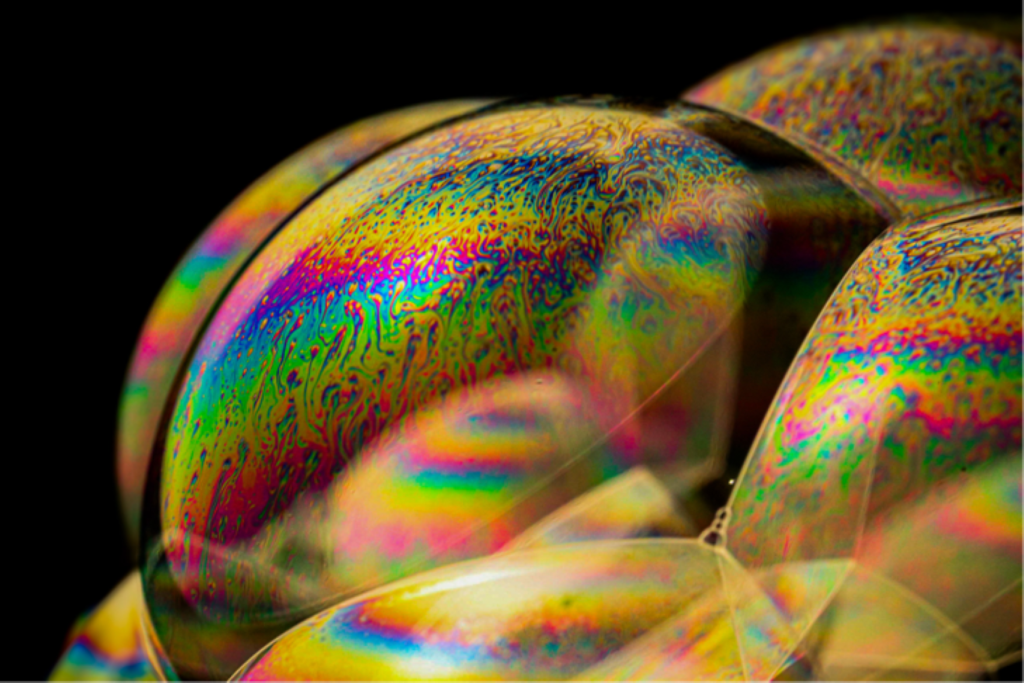Art is both a visual and conceptual discipline concerned with questioning, exploring and altering the world around us. At Forest we offer a very broad curriculum with the study of Fine Art, Photography, and Textile Design offered at both GCSE and A-Level. Within photography students learn how to use both digital and analogue cameras as well as cameraless approaches to Photography and the use of a darkroom. The Senior School Art department is a thriving community. Students regularly achieve results placed amongst the very best in the country. Each year Forest students go on to study Art at prestigious Art Colleges such as UAL and Kingston.
Our rich curriculum includes:
- Incredibly well resourced with six purpose built Art rooms, a kiln room, black and white dark room, screen printing facilities, and textiles machine room. These resources enable students to go beyond the specification and investigate Photography in extraordinarily great depth.
- The Art department regularly hosts student workshops with practising Artists and Designers.
- Students are also exposed to Art beyond the Forest community with regular day trips to London museums and galleries and residential trips to locations such as New York City and Florence.
- At A-Level, students are encouraged to attend weekly after school life drawing classes. Forest runs a dynamic life drawing program with professional life models and the exploration of varied media and processes.
GCSE and A-level Overview
The AQA GCSE in Photography qualification enables students to:
- Question, explore, record, and alter the world around us using artistic media and processes. Students become proficient in key media and processes associated with their chosen Art course.
- Developing ideas through investigations, demonstrating critical understanding of sources.
- Refining work by exploring ideas, selecting and experimenting with appropriate media, materials, techniques and processes.
- Recording ideas, observations and insights relevant to intentions as work progresses.
- Presenting a personal and meaningful response that realises intentions and demonstrates understanding of visual language.
- Students evidence their creative journey through the construction of a portfolio.
The AQA A Level in Photography qualification enables students to:
- Question, explore, record, and alter the world around us using artistic media and processes. Students become proficient in key media and processes associated with their chosen Art course.
- Developing ideas through sustained and focused investigations informed by contextual and other sources, demonstrating analytical and critical understanding.
- Exploring and select appropriate resources, media, materials, techniques and processes, reviewing and refining ideas as work develops.
- Recording ideas, observations and insights relevant to intentions, reflecting critically on work and progress.
- Presenting a personal and meaningful response that realises intentions and, where appropriate, makes connections between visual and other elements.
- Students evidence their creative journey through the construction of a portfolio.
Assessment at GCSE and A-level
GCSE:
- Component 1 ‘Portfolio’ (96 marks – worth 60%): Students create a portfolio that in total shows explicit coverage of the four assessment objectives. It must include a sustained project evidencing the journey from initial engagement to the realisation of intentions and a selection of further work undertaken during the student’s course of study.
- Component 2 ‘Externally Set Assignment’ (96 marks – worth 40%): Students respond to their chosen starting point from an externally set assignment paper relating to their subject title, evidencing coverage of all four assessment objectives.
A-Level:
- Component 1 ‘Personal Portfolio’ (96 marks – worth 60%): Students develop work based on an idea, issue, concept or theme leading to a finished outcome or a series of related finished outcomes. Practical elements should make connections with some aspect of contemporary or past practice of artist(s), designer(s), photographers or craftspeople and include written work of no less than 1000 and no more than 3000 words which supports the practical work.
- Component 2 ‘Externally Set Assignment’ (96 marks – worth 40%): Students respond to a stimulus, provided by AQA, to produce work which provides evidence of their ability to work independently within specified time constraints, developing a personal and meaningful response which addresses all the assessment objectives and leads to a finished outcome or a series of related finished outcomes.
How can Photography change the world?
As the American Philosopher and Educationalist John Dewey says:
‘Art is the most effective form of communication that exists’.
Art practices have been around since the birth of human civilisation and Art could not be of greater significance to human existence. It has helped us to understand who and what we are, shape our world, shed light on our shortcomings, and lay down ideas that support humanity as it progresses into the future. The study of Photography provides the opportunity engage with and shape the world in powerful ways.


